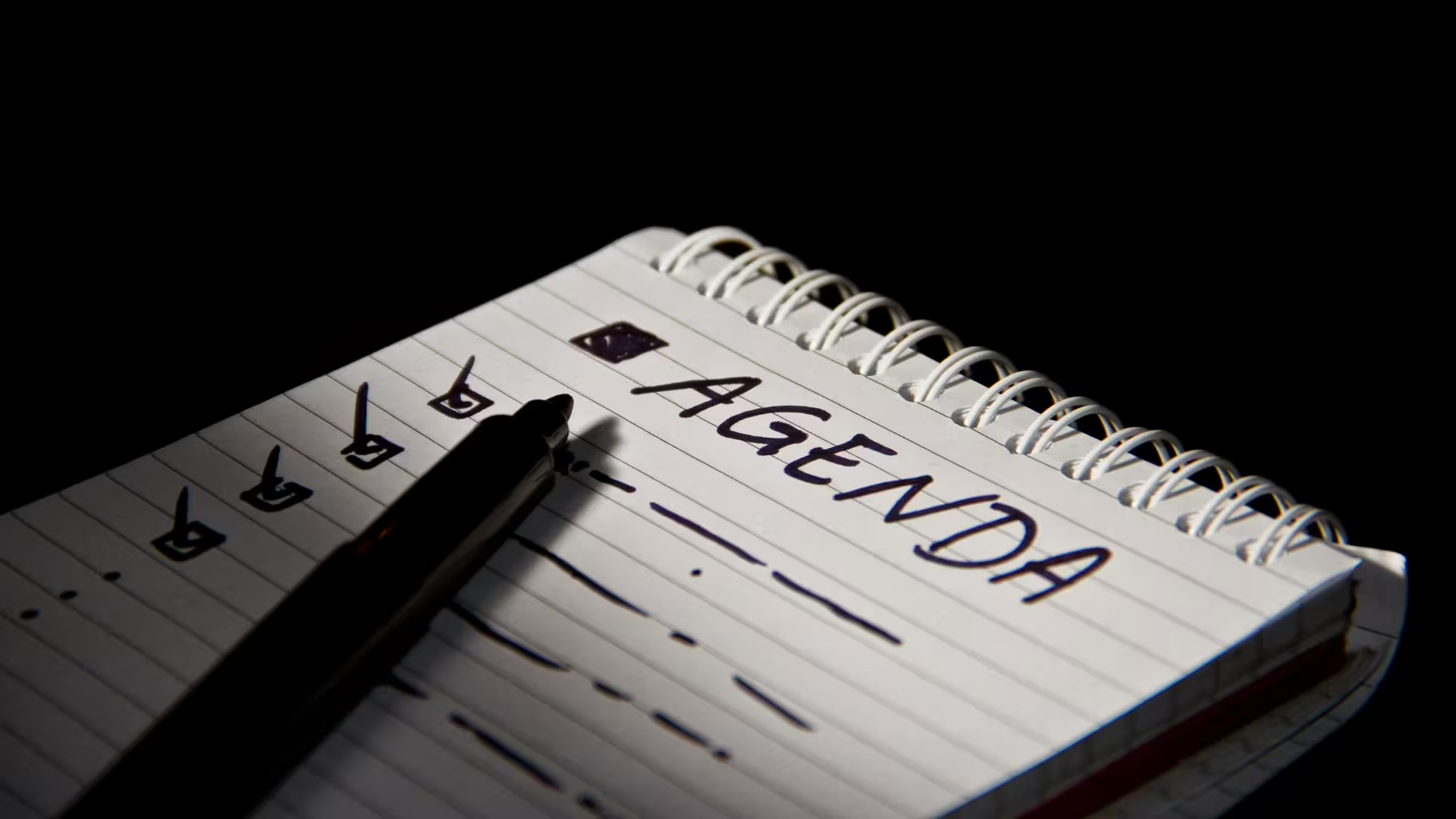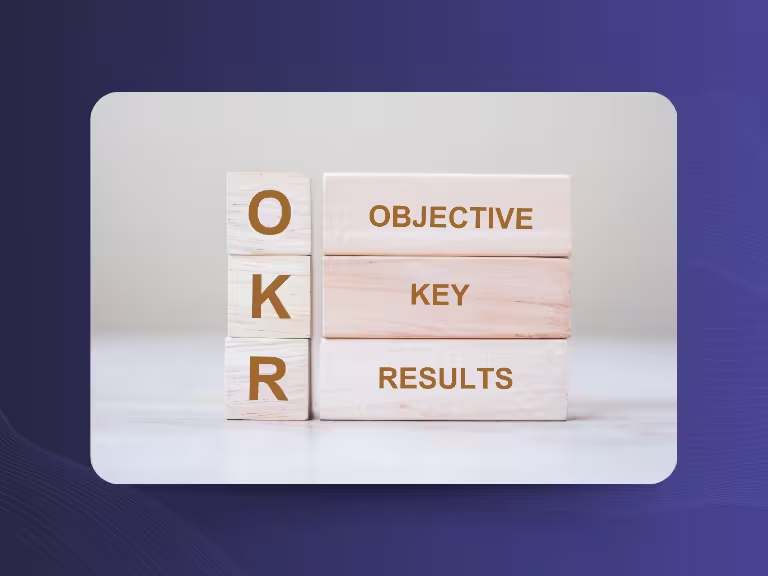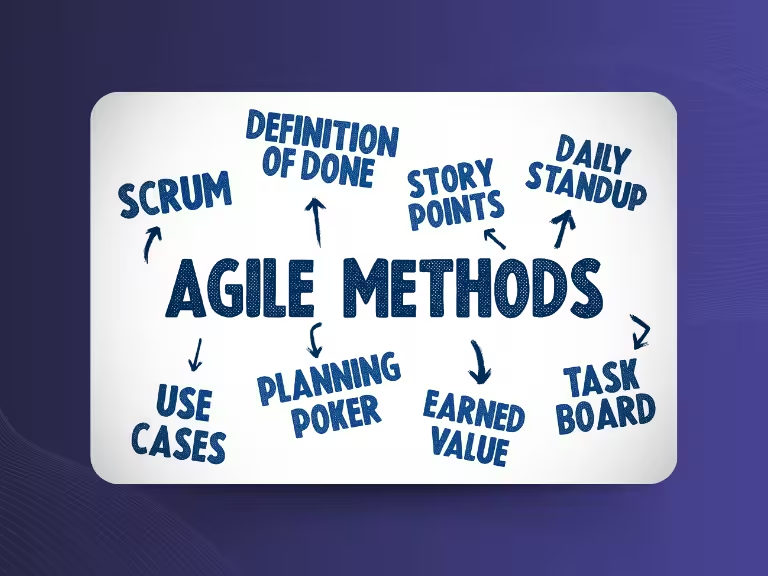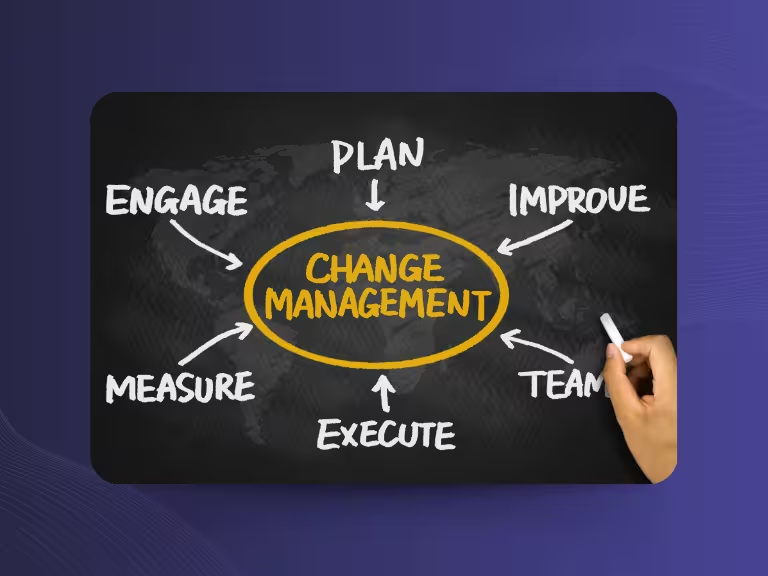In modern organizations, meetings are the heart of collaboration – yet they're also one of the biggest sources of frustration. Studies show that the average employee spends over 20 hours per week in meetings. Many participants complain about inefficient processes, endless discussions without clear results, and the feeling that their time is being wasted.
The moderator's role is the decisive factor: A well-moderated meeting can inspire teams, accelerate decisions, and strengthen collaboration. A poorly led meeting, on the other hand, frustrates, demotivates, and wastes valuable resources. Particularly in times of hybrid work models and culturally diverse teams, moderators face new challenges.
This article shows you how to moderate meetings that are both efficient and inspiring. From strategic preparation through proven moderation techniques to innovative digital tools – you'll receive practical tips and deeper insights into the art of successful meeting moderation.
Preparing Meetings – Foundation for Successful Moderation
Clear Goal Setting and Agenda Development
Structured preparation is the foundation of every successful meeting moderation. Without clear goal setting, a meeting is like a ship without a compass – there may be plenty of activity, but the direction remains unclear.
Start by defining a concrete meeting goal: What should be achieved at the end? Is it about making a decision, collecting ideas, or sharing information? A clear goal setting helps you not only with structuring but also communicates the purpose of their attendance to participants.
When creating the agenda, prioritizing by importance and urgency has proven effective. Schedule the most important topics for the beginning when concentration is still high. Assign realistic time slots for each point and calculate buffers. Collaborative tools like Miro, Microsoft Teams, or Asana enable developing the agenda together in advance and collecting topic suggestions.
Selecting the Right Participants
Selecting the right participants can determine the success or failure of a meeting. Ask yourself about each person: What competency do they bring? Do they have the necessary decision-making authority? Can they make a valuable contribution?
The optimal group size is between 5-8 people for discussion rounds and up to 15 people for information meetings. When composing the group, you should also pay attention to diversity – different perspectives and experience backgrounds enrich the discussion and lead to better decisions.
Coordinating Technology and Environment
Especially for online meetings or hybrid formats, technical preparation is crucial. Test the video conferencing software in advance, ensure all participants have access, and prepare backup solutions. Digital whiteboards, survey tools, and breakout rooms should be configured before the meeting.
The selection of supporting materials also needs careful consideration. Presentations should be visually appealing and not overloaded. Digital tools like Mentimeter for live polls or Miro for collaborative idea collection can significantly increase interaction.

Learning and Applying Moderation Techniques
Active Listening and Open Question Techniques
As a moderator, you're not just a discussion leader but also a bridge builder between different opinions and perspectives. Active listening is your most important tool. It signals appreciation, builds trust, and helps you assess the mood in the group.
Open question techniques are the key to stimulating discussions and gaining deeper insights. Instead of asking "Does everyone agree?" try: "What concerns or additions do you have about this proposal?" Targeted follow-up questions like "Can you be more specific?" or "What would that look like in practice?" help move from superficial to substantial discussions.
Guiding the Group – Promoting Structure and Participation
Timeboxing is a proven method for keeping discussions within the time frame. Clearly communicate how much time is available for each point and remind the group of remaining minutes. This creates focus and prevents conversations from getting lost in details.
Involving different group roles can significantly improve dynamics. A timekeeper relieves you as moderator, a note-taker secures documentation, and an "idea catcher" collects spontaneous contributions to be addressed later.
Visualization is particularly effective. Use whiteboards, digital boards, or mind maps to make ideas visible. This not only helps visual learners but also creates a common reference for all participants.
Managing Conflicts Professionally
Tensions in meetings are normal and can even be productive – when handled correctly. Watch for early warning signs: changed body language, divergent opinions presented emotionally, or participants withdrawing.
Diplomatic intervention requires finesse. Instead of suppressing conflicts, address them factually: "I hear different perspectives on this point. Let's examine both viewpoints systematically." Systemic moderation methods like Nonviolent Communication or perspective switching can help resolve hardened positions.
Dealing with dominant and introverted participants is particularly challenging. You can involve dominant people through structured speaking times and direct addressing of other participants. Introverted participants benefit from direct addressing, written advance questions, or small group discussions.
Using Digital Tools for Interaction
Digital tools can significantly increase participation, especially in online meetings. Slido or Mentimeter enable anonymous polls and questions, giving even reserved participants a voice. Breakout rooms create more intimate discussion atmospheres and can encourage participation.
Measured use is important: Too many tools can overwhelm. Choose a maximum of 2-3 tools per meeting and explain their use at the beginning. A well-integrated digital whiteboard can often achieve more than a collection of different applications.

Conducting Meetings – Efficient and Goal-Oriented
Role Distribution and Time Management
As moderator, you bear responsibility for the process, not the content. Your task is to steer the discussion, maintain focus, and ensure all voices are heard. Make this role separation transparent at the beginning of the meeting.
Involving timekeepers and note-takers relieves you and allows you to focus on moderation. Rotate these roles regularly to create variety and gain different perspectives.
Interactive Elements for Attention and Motivation
Especially in virtual meetings, the attention span is significantly shorter. Plan short breaks every 20-30 minutes or change the interaction form. Methods like brainstorming, brainwriting, or digital whiteboards can noticeably increase energy in the room.
A proven trick is the "popcorn method": Each participant spontaneously mentions an idea about the topic, without evaluation or discussion. This activates everyone and creates an idea foundation for further discussion.
Handling Challenges in Online Format
Online meetings place special demands on moderation. Plan technical buffers of 5-10 minutes and keep backup solutions ready. Nonverbal communication is limited – therefore encourage camera use and explain handling of features like "raise hand" or chat functions.
Live polls and emojis can partially replace missing facial expressions and gestures. Use regular "temperature checks": "How does the discussion feel to you?" or "Does anyone need a break?"
Understanding and Utilizing Psychological Group Dynamics
Every group develops its own dynamics. Learn to read group signals: Silence can mean overwhelm, agreement, or boredom. Frequent interruptions can indicate lack of structure or high emotions.
Cultural differences play an important role. While direct feedback is appreciated in some cultures, harmony is valued higher in others. Consider these differences in conversation management and create space for different communication styles.
Meeting Follow-up – Securing Results and Continuous Improvement
Documentation and Transparent Communication
A meeting is only as good as its follow-up. Protocols should be clearly structured and contain three essential elements: important discussion points, decisions made, and concrete tasks with responsibilities and deadlines.
Modern AI tools like Sally can provide enormous support here. They automatically transcribe meetings, identify action items, and create structured summaries. This saves time and reduces the risk of overlooking important points.
Ensure all participants have timely access to results. An email summary within 24 hours is a proven standard.
Gathering and Integrating Feedback
Regular feedback is the key to continuously improving your moderation skills. Use short surveys at the end of meetings: "What worked well today?" and "What can we improve next time?"
Anonymous feedback tools like Slido surveys can encourage more honest responses. It's important that you don't just collect feedback but also visibly respond to it and implement improvements.
Long-term Strategies for Meeting Optimization
Develop a learning meeting culture. Conduct regular reflection rounds on meeting quality and experiment with new formats and methods. Teams that work together on their meeting culture often develop innovative solutions for recurring challenges.
Follow-up meetings and team-building elements can build long-term trust and strengthen collaboration. Invest in relationships – they are the foundation for productive meetings.

Additional Perspectives: Innovations and Looking Beyond
Technological Trends and AI Support
Artificial intelligence is revolutionizing how we moderate meetings and follow up. Tools like Sally not only create automated protocols but also analyze moods, measure speaking times, and generate improvement suggestions.
The future lies in intelligent meeting assistants that provide real-time support: They can discreetly alert moderators to dominant speakers, signal time overruns, or suggest relevant documents. This technology is no longer futuristic but already available today.
Successfully Designing Intercultural Moderation
In international teams, different communication styles clash. While Germans often appreciate direct feedback, Japanese colleagues might prefer indirect communication. Americans are often results-oriented, while Scandinavian teams value consensus.
Successful intercultural moderation requires sensitivity and flexibility. Create various participation opportunities: verbal discussion, written input, small group conversations. This way, everyone can contribute in their preferred manner.
Psychological Techniques for Better Group Dynamics
Systemic approaches from organizational consulting can significantly expand your moderation skills. Techniques like circular questions ("How would X think about this topic?") or perspective switching can resolve stuck discussions.
Pay attention to the energy in the room. When the mood shifts, consciously interrupt the discussion: "I notice we're getting stuck here. Let's take a step back and look at the big picture."
Summary & Conclusion
Successfully moderating meetings is an art composed of various elements: structured preparation, professional moderation techniques, attentive execution, and systematic follow-up. The most important insights can be summarized in four core points:
First: Preparation determines success. Clear goals, well-thought-out agendas, and the right participant selection create the foundation for productive meetings.
Second: Modern tools and AI assistants like Sally can significantly increase efficiency – from automatic protocol creation to intelligent follow-up.
Third: The psychological and intercultural dimension is often underestimated. A good moderator understands group dynamics, recognizes cultural differences, and creates an inclusive space for all participants.
Fourth: Continuous improvement through feedback and reflection is crucial for long-term success.
Meetings are more than just calendar appointments – they are opportunities for innovation, collaboration, and shared goal achievement. With the right techniques, tools, and necessary attention to human dynamics, you can make every meeting a productive and inspiring experience. Start today by consciously planning and moderating your next meeting – your team will feel the difference.

Test Meeting Transcription now!
We'll help you set everything up - just contact us via the form.
Test NowOr: Arrange a Demo Appointment





